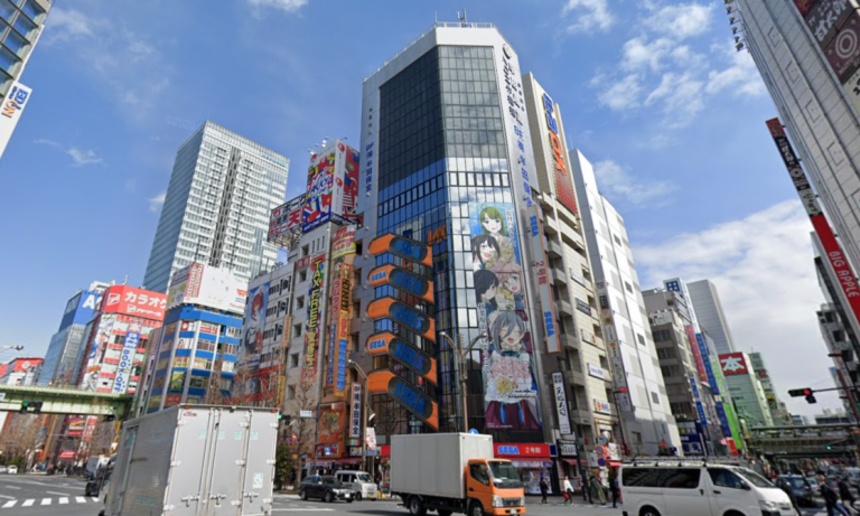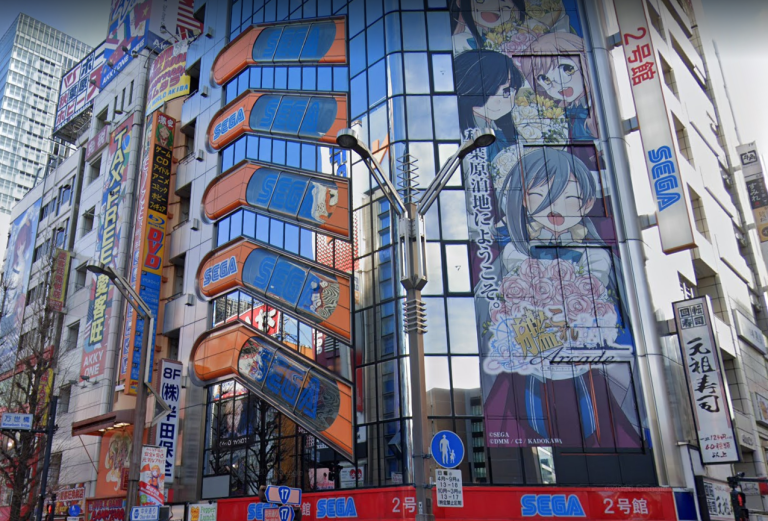Akihabara Landmark Sega Arcade Closing

As the biggest mecca in the world for anime and video game fans, Tokyo’s Akihabara neighborhood has an unabashed affection for new technology and fresh content. And yet, perhaps because of the wonderland-like atmosphere for fans, there’s also a lot of nostalgia for the most recognizable examples of Akiba architecture.
By SoraNews24Unfortunately for everyone who wants Akihabara to stay as it is in their memories, one of the district’s most iconic video game arcades has announced it will be closing down, and with very little advance notice. The Sega Akihabara Building 2 arcade, located along the southern edge of Akihabara, will be shutting its doors on August 30.

Originally opened by Sega in October of 2003 under the name “Akihabara Kigo,” the arcade started welcoming gamers just as the otaku culture boom really began picking up steam, and has stood through the neighborhood’s transition from a solitary shopping spot to a full-fledged tourist destination drawing otaku both from across Japan and abroad.
今月末閉店するセガ秋葉原2号館、艦これ秋葉原泊地として伊勢・日向、夕雲型、金剛・ウォースパイトが出迎えていた pic.twitter.com/1eCu06aqZu
— ツルミロボ (@kaztsu) August 2, 2020
Standing on a corner directly across from the Manseibashi Bridge that stretches across the Kandagawa River, the unobstructed view of Sega Akihabara Building 2 made the skyscraper a prime canvas for massive murals promoting the latest video game release or anime tie-up.
News of the arcade’s impending closure started circulating on August 1, when visitors saw a sign posted inside the building saying:
“Notice of closure
Thank you for your continued patronage. We are sorry to announce that this branch, Sega Akihabara Building 2, will be closing.
Our last day of operations will be Sunday, August 30.
The entire staff wishes to express, from the bottom of our hearts, our sincere gratitude at the loving support you have given our establishment for so many years.”

Sega has not issued a statement as to why the arcade is closing. The obvious culprit would be a downturn in business due to the coronavirus outbreak, which has vastly decreased the number of visitors to Akihabara, and even among those who are making the trip, the prospect of sitting in an enclosed space while grabbing joysticks and mashing buttons without the machine having a thorough disinfection before the last person vacated it probably isn’t the most appealing prospect. Sega Akihabara Building 2 had been temporarily closed during the spring as the Tokyo municipal government declared a state of emergency in response to the health crisis, and though the arcade reopened on June 12, the reunion will be short-lived.
Even before the start of the pandemic, though, Japan’s arcade business was already in a steady, prolonged decline, as illustrated by the loss of the legendary Warehouse Kawasaki arcade last year (which we were lucky enough to make one last visit to). The improved performance and online capabilities of home video game consoles have largely eliminated the need to go anywhere farther than your living room to play the most technically impressive titles or find human companions/competitors, so it’s possible that Sega Akihabara Building 2’s days were numbered regardless of whether or not there was a global plague, especially since, as “Building 2” indicates, it’s not the only arcade Sega manages in Akihabara.
While it’s sad to see something that’s been part of the neighborhood for almost two decades fade away, change is a constant in Akihabara, as anyone who remembers the days when there was an open-air basketball court right outside the station can tell you. And hey, at least as we say goodbye to one beloved otaku spot, we’re getting to say hello to another.
Related Stories from SoraNews24
Awesome Sega Mega Drive six-button controller taiyaki lets you bite into mouthful of nostalgia
Six of the “20 Coolest Arcades in the World” are in Japan! Want to know what Japan makes of that?
Should Akihabara be walled off from the rest of Tokyo? Twitter user proposes bold rezoning plan
Akihabara then and now: Photos show how Tokyo neighborhood has changed over the past 10 years



